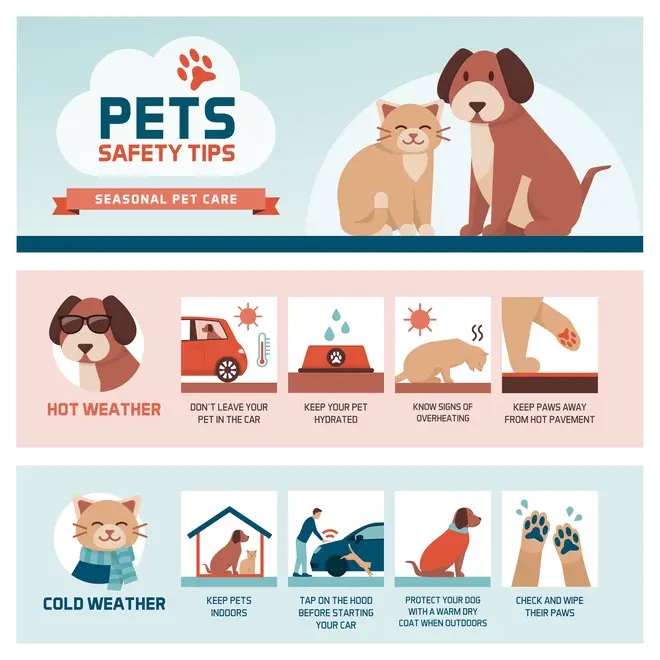Tesco staff patrolling car parks for dogs left in hot cars as heatwave continues
21 July 2021, 14:02

Tesco have teamed up with the RSCPA to help keep dogs safe as temperatures soar to 31 degrees in some areas of the UK.
Tesco staff are patrolling their car parks over the summer months in a bid to keep dogs safe in the high temperatures.
This week in the UK, we've been treated to a heatwave, with the Sunday marking the hottest day of the year so far.
And while the sunshine is a welcome change to the grey weather we had before, it is important for us to keep not only ourselves safe, but also our furry friends.
Tesco have teamed up with animal charity RSCPA and will be checking customers aren't leaving their dogs in hot cars while they shop.
- When is it too hot to walk your dog?
- Your dog can now get paid £100 a month to become a pet food critic
- Channel 5 on the hunt for naughty dogs to star in new series 'Dogs Behaving (Very) Badly'

Members of staff have also been trained to recognise the signs of heatstroke in canines.
The new practice started in Birmingham, and has since started up in the West Midlands, as well as a number of other Tesco locations across England.

It only needs to be 20 degrees for your dog's life to be put at risk, and with temperatures in the UK hitting high 20s and moving into the low 30s in some areas, now is a very dangerous time for our beloved canine friends.
If a dog gets heatstroke, there is only a 50 to 60 per cent chance they will survive.
The RSCPA warns dog owners that a dog should never be left in a car on a warm day, even if the windows are left open and they are parked in a shaded area.
They explain in a recent warning: "A car can become as hot as an oven very quickly, even when it doesn’t feel that warm.
"When it’s 22 degrees, in a car it can reach an unbearable 47 degrees within the hour.’
Signs of heatstroke in dogs:
- Panting, which increases as the heatstroke progresses
- Drooling
- Salivating
- Agitation
- Restlessness
- Bright red tongue
- Very red or pale gums
- Increased heart rate
- Breathing distress
- Vomiting (possibly with blood)
- Diarrhoea (possibly with blood)
Visit the RSCPA here for more information on keeping your dog safe.


































